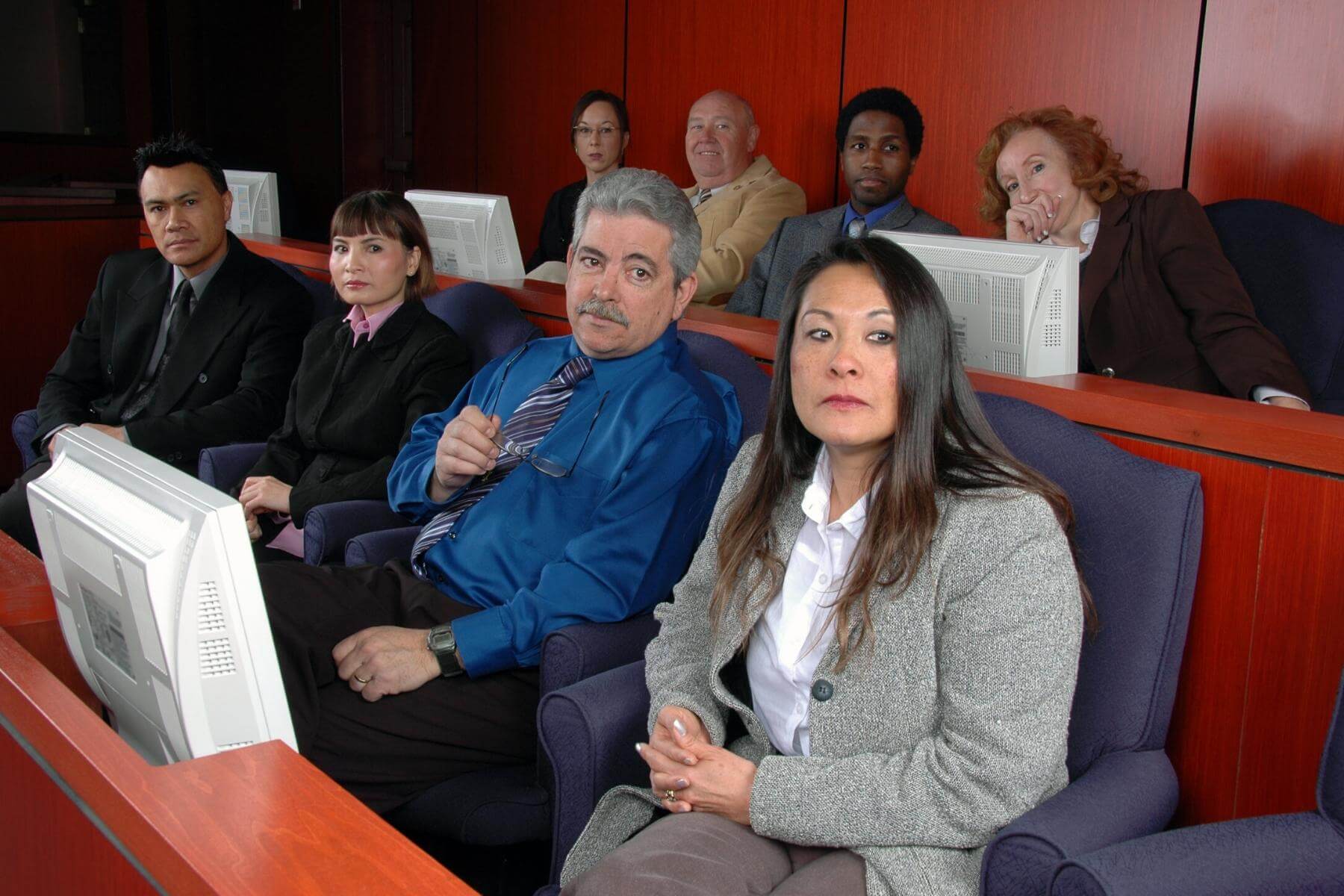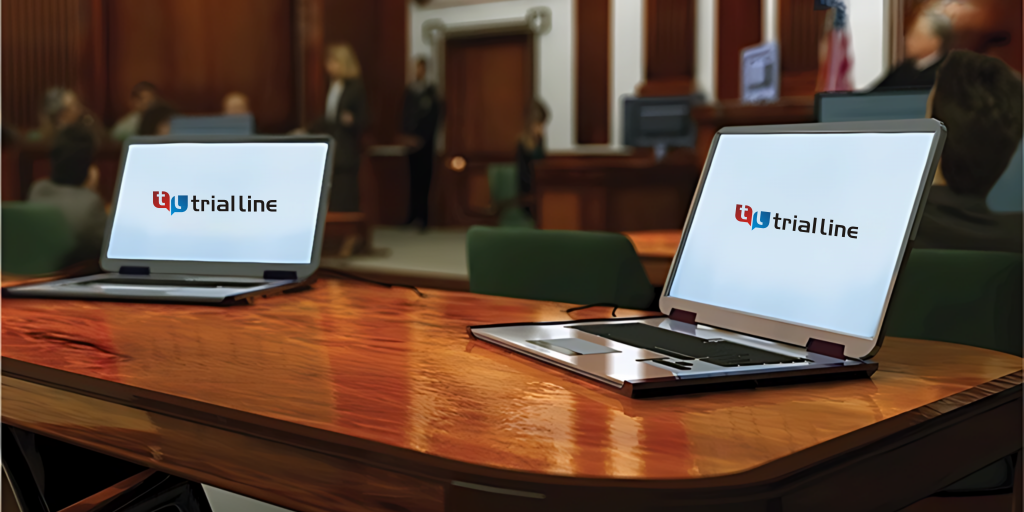Effective trial presentations are essential in modern litigation.
Effective trial presentations are essential in modern litigation.
Blog Article
How Trial Presentations Enhance Your Disagreement and Convince Jurors
Test discussions work as a crucial mechanism for enhancing legal disagreements and convincing jurors. By incorporating aesthetic help, narrative frameworks, and emotional engagement, attorneys can produce a compelling instance that reverberates on numerous degrees. The critical use visuals not just makes clear intricate details yet likewise catches jurors' interest better than words alone. Nonetheless, the art of narration plays a just as crucial role in transforming valid evidence into an engaging narrative, shaping jurors' perceptions - trial presentations. Recognizing these aspects can substantially impact test results, raising the inquiry of exactly how each component adds to this complex dynamic.

Importance of Visual Help
Visual aids play a vital function in enhancing the performance of trial presentations, as they can considerably increase target market interaction and retention of information. In the context of a test, where jurors are charged with processing complex info, aesthetic help offer to simplify and make clear bottom lines. Graphes, graphs, and photos can convey information and ideas that might or else bewilder or puzzle jurors, permitting for a more uncomplicated understanding of the evidence offered.
Furthermore, aesthetic aids assist in maintaining juror interest throughout the proceedings. By breaking the dullness of spoken statement, these tools can punctuate essential disagreements, making them extra unforgettable. Effective visual help can also evoke psychological reactions, which can be essential in persuading jurors to line up with the speaker's story.

Crafting Compelling Stories
A compelling story is important in test discussions, as it functions as the foundation of effective persuasion. It enables attorneys to weave together truths, evidence, and emotional elements into a meaningful story that resonates with jurors. This narrative framework enables jurors to comprehend the intricacies of the case while directing them via the attorney's disagreement.
To craft an engaging narrative, attorneys must focus on quality and comprehensibility. Additionally, the use of dazzling summaries can produce psychological images that help jurors visualize the events, making the narrative a lot more remarkable.
In addition, incorporating essential styles throughout the presentation reinforces the core message and help in retention - trial presentations. The story must not just convey information yet additionally stimulate a sense of justice, highlighting the risks entailed. Eventually, a sound narrative fosters a link in between the jurors and the instance, positioning the lawyer's argument as both reputable and engaging, consequently enhancing the possibility of a positive decision

Engaging the Jury Emotionally
Efficient court interaction pivots on the lawyer's capability to attach with jurors on an emotional degree. This link can dramatically influence jurors' assumptions and their supreme decision-making.
Visual help, such as pictures or videos, can better enhance psychological involvement, providing jurors with vivid depictions of the case's human components. Crafting a story that highlights the battles and triumphs of the people involved guarantees that jurors see beyond the lawful disagreements and acknowledge the human repercussions of their choices.
In addition, tone and body language play a crucial role in sharing feeling. A lawyer's passionate distribution can resonate with jurors, reinforcing their emotional investment in case. It's important to balance sob stories with factual proof, guaranteeing that jurors really feel forced to act while remaining grounded Get the facts in the reality. Ultimately, an emotionally engaged court is more most likely go to my site to be convinced, making emotional connection an important part of effective trial presentations.
Structuring Your Discussion

The body of the discussion need to be rationally fractional right into bottom lines, each sustained by engaging evidence. It is valuable to make use of storytelling strategies to weave truths right into a narrative that jurors can conveniently adhere to. Aesthetic help, such as graphes and videos, can enhance comprehension and involvement, assisting to highlight vital items of evidence.
Real-World Case Research Studies
Analyzing real-world study offers very useful insights right into the art of trial discussions and persuasion. For example, the site instance of "O.J. Simpson v. Individuals of The golden state" highlights just how aesthetic help and compelling stories can guide court perceptions. The defense group properly employed a method that integrated top-level specialist testaments with multimedia presentations, which captivated jurors and inevitably influenced their decision.
An additional remarkable instance is the "McDonald's Coffee Situation," where the complainant's attorneys used graphic images of the injuries endured by Stella Liebeck. trial presentations. This plain aesthetic evidence played an essential function in conveying the intensity of her burns, leading to a substantial court award. Such instances show that impactful test presentations frequently depend upon the effective combination of visuals and narration to stimulate psychological reactions from jurors
In addition, the "Casey Anthony Test" highlighted the importance of narrative comprehensibility and credibility. The prosecution's failing see it here to develop an engaging timeline decreased their influential power, emphasizing the necessity of a well-structured discussion. Assessing these situations reveals that successful test discussions need critical planning, emotional involvement, and the capacity to reverberate with jurors' values and beliefs.
Conclusion
Test discussions significantly improve debates and persuade jurors via the tactical use of visual aids, compelling stories, and psychological involvement. A well-structured discussion balances emotional charms with valid evidence, eventually resonating with jurors' values.
Report this page